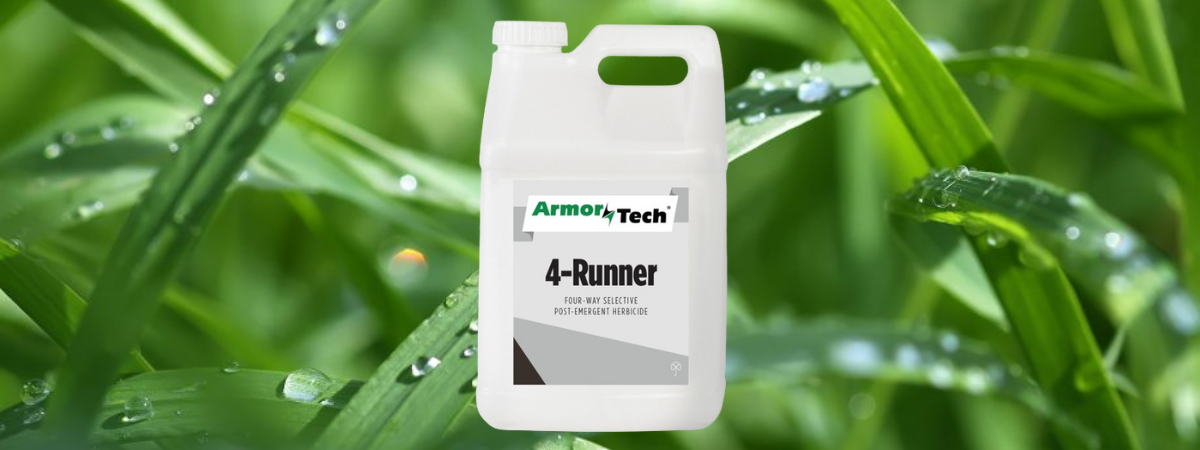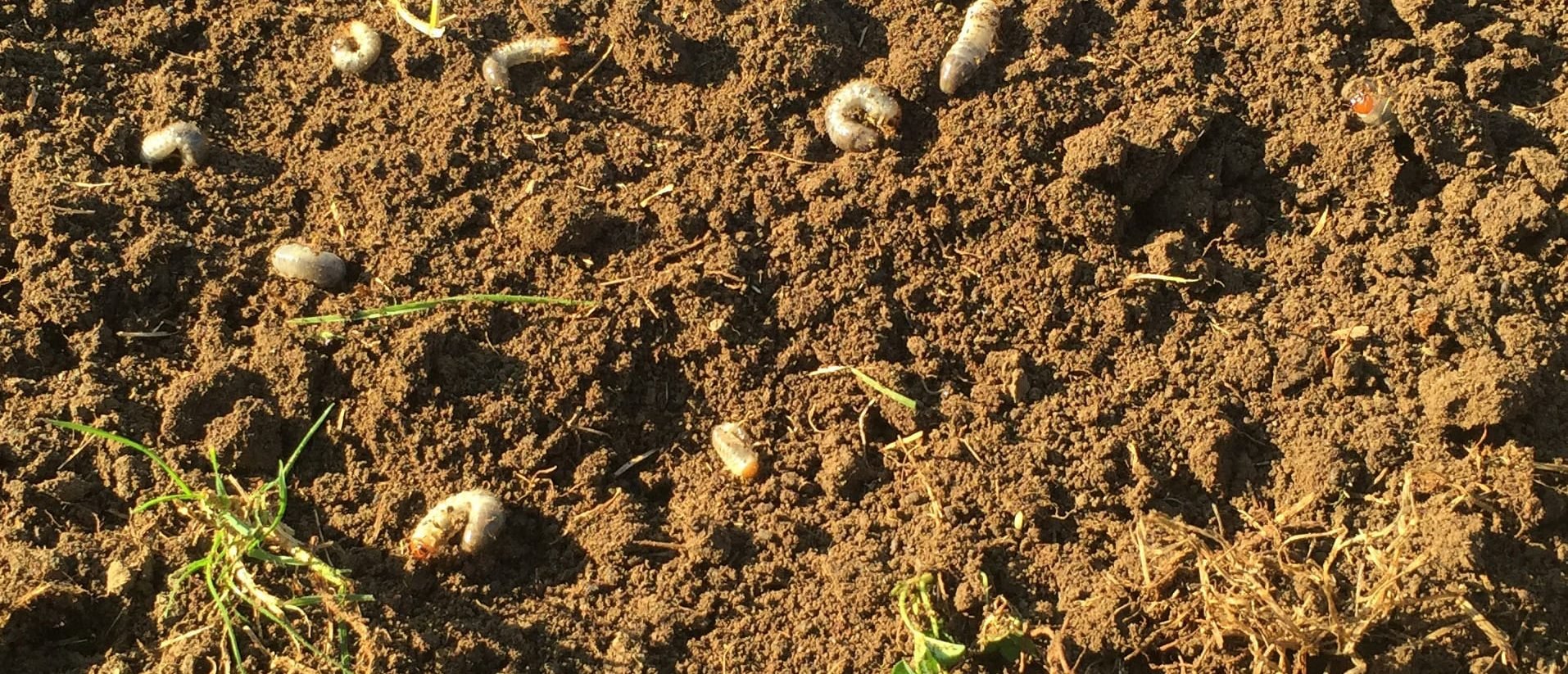As summer approaches, turfgrass diseases are beginning their yearly spread across the United States. For lawn care operators, these diseases can pose a challenge—especially those that are difficult to treat. In this blog, we cover the symptoms and causes of three of the most common (and problematic) turf diseases—and give you the tips you need to treat them.
Pythium Root Rot
Pythium root rot (PRR) is a disease caused by water mold pathogens belonging to the Oomycete order. This disease primarily affects the roots of turfgrass, leading to rotting and decay. It poses a significant threat to various turfgrass species, with cool-season types being particularly vulnerable.
Pythium Root Rot Symptoms
Infected roots exhibit distinct symptoms, appearing brown, waterlogged, and often emitting a foul odor. Above-ground symptoms include streaks of yellowing, thinning, and dead patches. PRR thrives in hot and wet conditions, but it can also affect areas with improper drainage, since saturation is the only factor it needs to thrive. Symptoms can worsen based on conditions; Slow growth due to extreme temperatures can accelerate the disease’s progression.
How To Treat Pythium Root Rot
Getting out ahead of PRR and selecting the right fungicide to treat it are vital. Start preventative fungicide applications in May when soil temperatures reach 55-60°F, and pay extra attention to areas that have been affected by PRR before.
Preventative fungicides specifically designed for Pythium control include CYA 345, Serata, and Insignia SC.
Take-All Patch
Take-all patch is a root disease caused by the fungus Gaeumannomyces graminis, and primarily affects bentgrasses from spring to fall.
Take-All Patch Symptoms
The disease manifests as large patches of discolored, dead, or thin grass, often in circular shapes. Rings can also appear. Heat stress and dry conditions can exacerbate symptoms, resulting in patches of various sizes and colors, ranging from brown and yellow to grayish blue.
How To Treat Take-All Patch
Effective management of take-all patch involves a combination of cultural practices and fungicide applications. On the cultural side, maintaining a soil pH below 6.5 and ensuring good drainage are good preventative measures. Applying ammonium and manganese sulfate can help reduce disease severity, too. On the fungicide side, DMI fungicides fit the bill for take-all patch control.
Preventive fungicides should be applied during the fall when soil temperatures are between 45°F and 60°F. Products like Tourney EZ, Patch Amino 5, and Pillar G are effective options for controlling take-all patch before it strikes.
Dollar Spot
Dollar spot, caused by fungi of the Clarireedia genus (formerly Sclerotinia homoeocarpa), is a common turfgrass disease. It is named for the small, circular brown or bleached patches it creates, which often resemble the size of a U.S. silver dollar.
Symptoms of Dollar Spot
The disease typically forms patches one to three inches in diameter, often appearing in clusters since the disease is spread by wind, water, and traffic. Mycelium may be visible in wet, dewy conditions. Dollar spot usually emerges from late spring to late fall when air temperatures range from 60-90°F, depending on geographic location.
How To Treat Dollar Spot
Effective control of dollar spot involves proper moisture management and the application of varied fungicides, including products like Zoxy-T, PPZ 143 MC, and Lexicon.
When using fungicides to treat these and other diseases, remember to rotate chemistries to prevent resistance. Fungicides play an important role in turf health, just like irrigation, soil management, and aeration do. Having the right tools for the job is important, so don’t hesitate to reach out to your ATS rep for advice or recommendations. If you’re new or not sure who your rep is, find them here.












